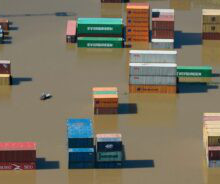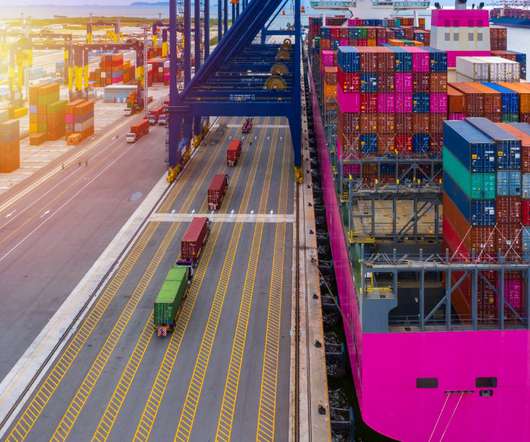How Manufacturers Can Take Control of Inventory with RFID Technology
QAD
MARCH 30, 2023
Manufacturers may not think they have much in common with the retail companies beyond producing the products that stock store shelves, but there could be a lot to learn from the latter as the manufacturing headwinds of the last few years carry into 2023. What is RFID Technology?





















Let's personalize your content